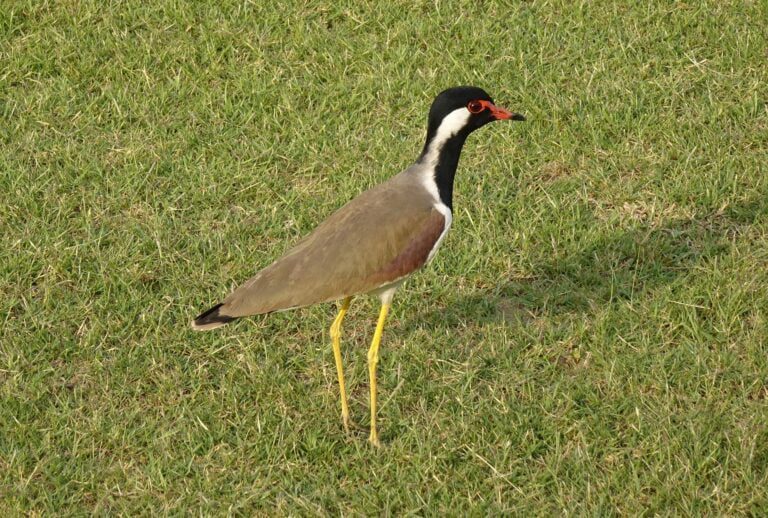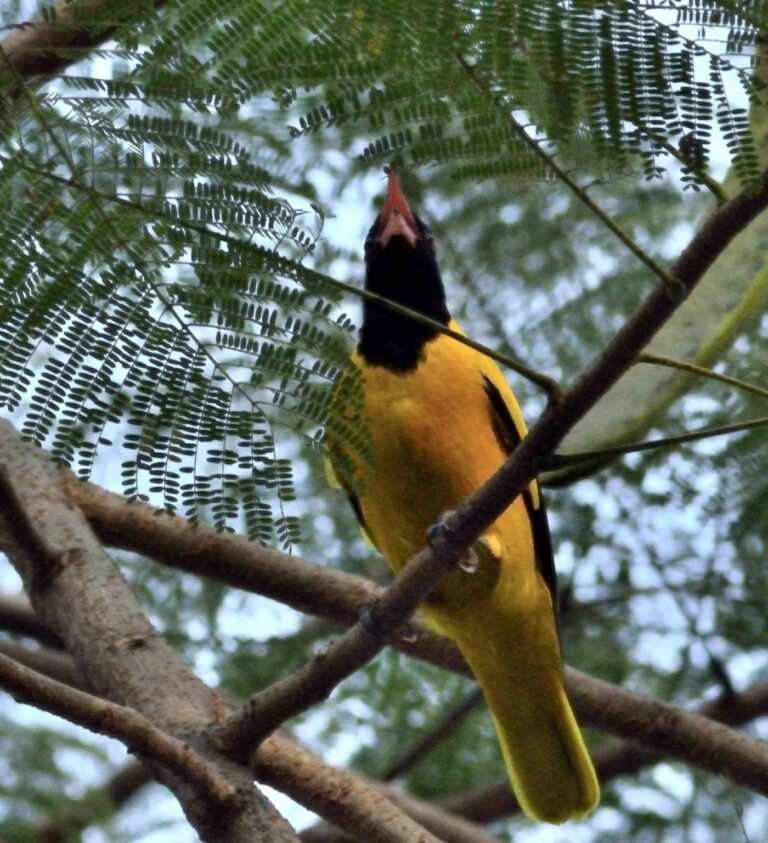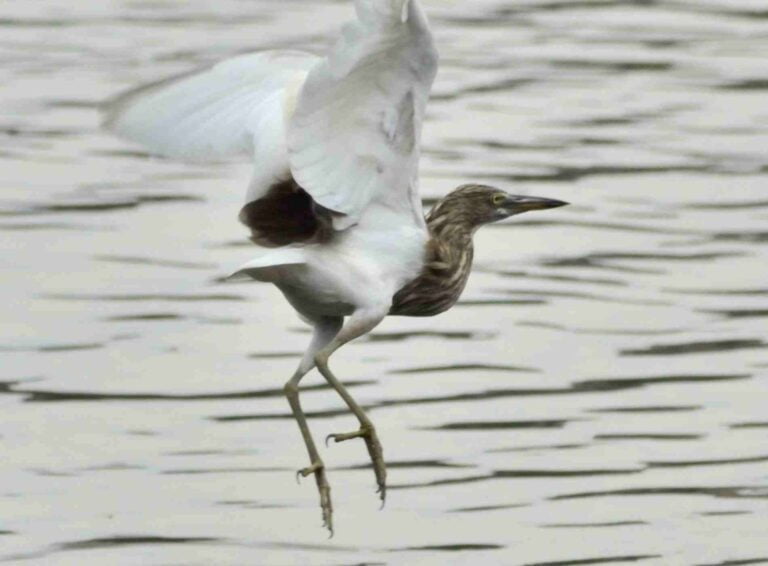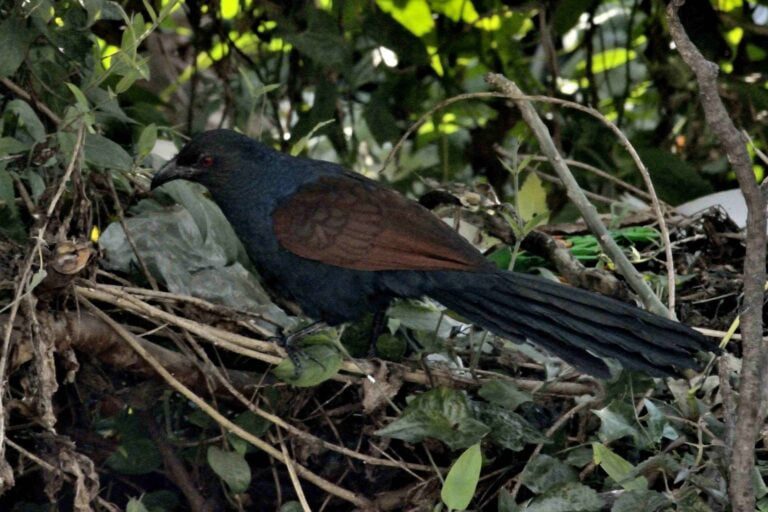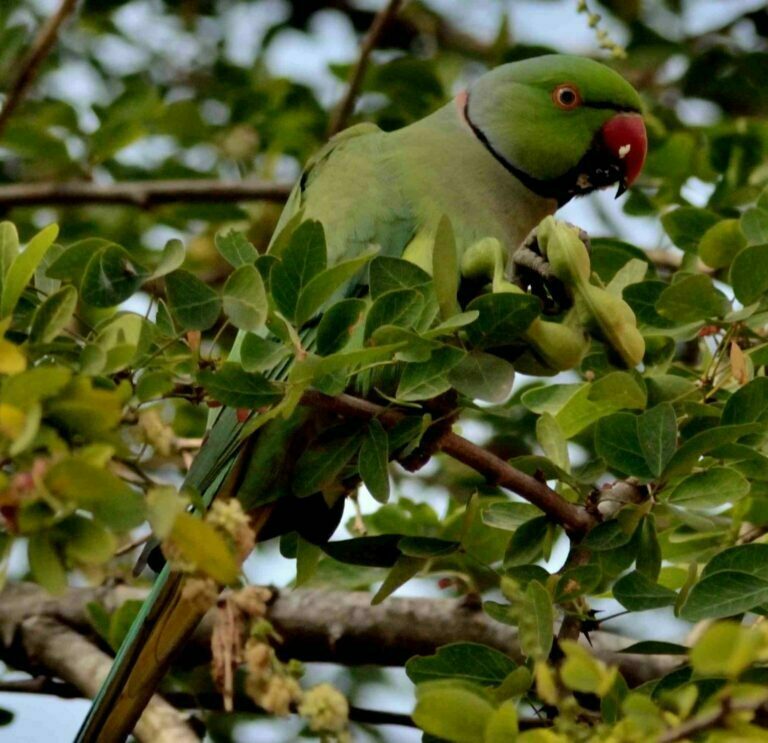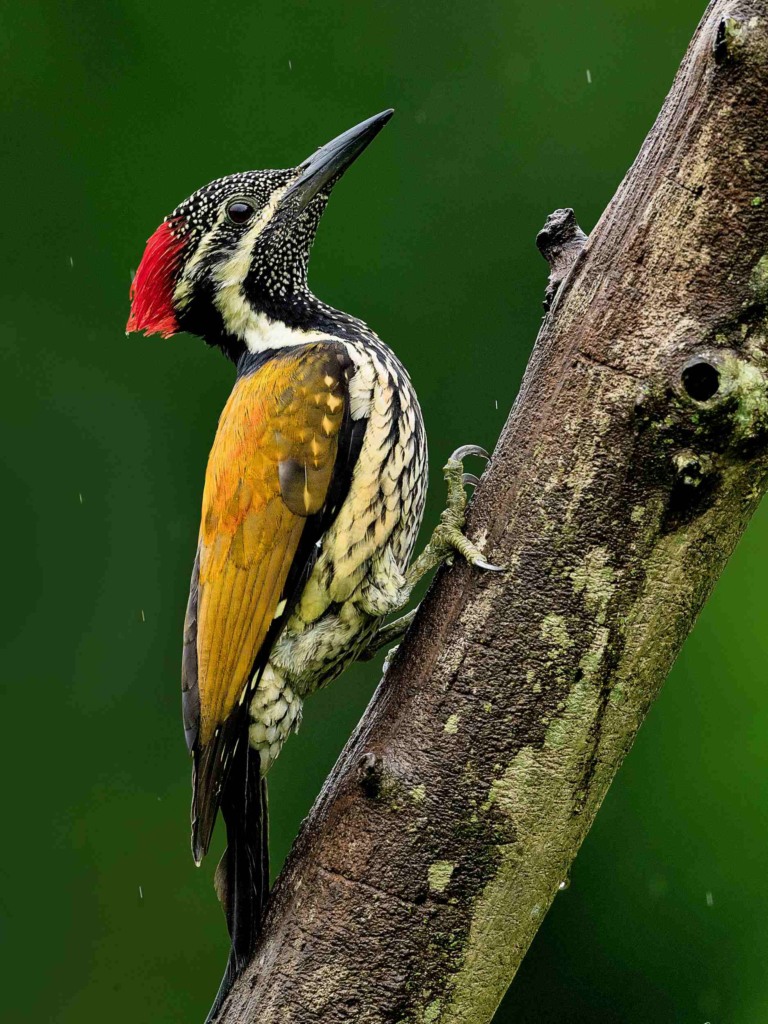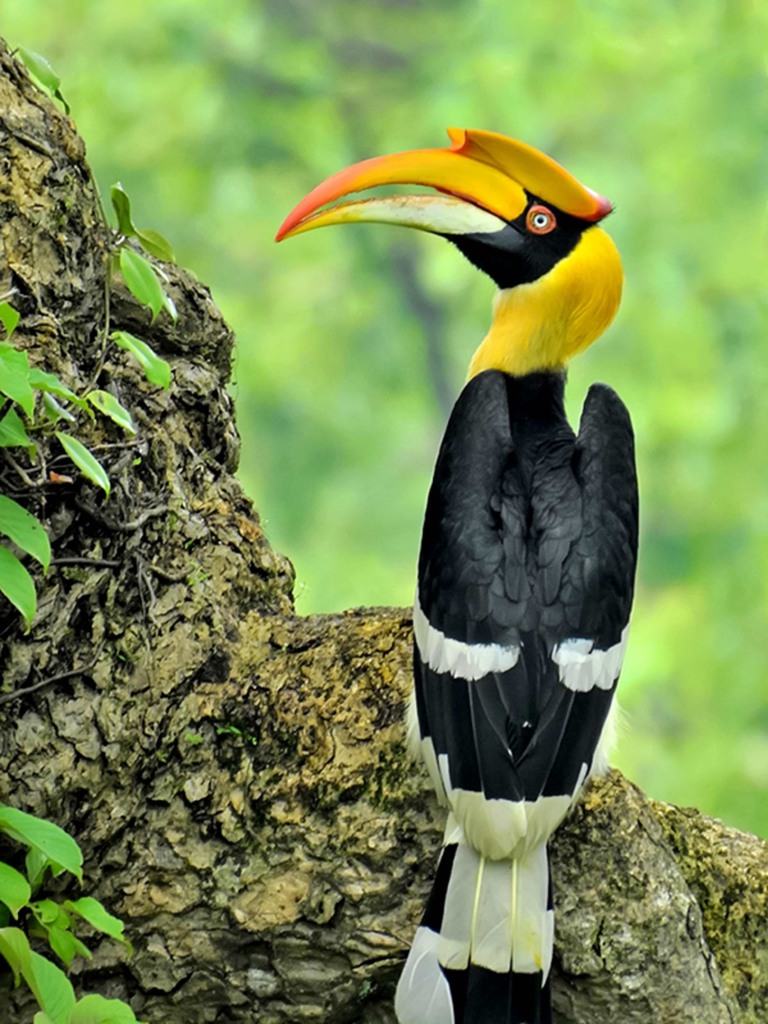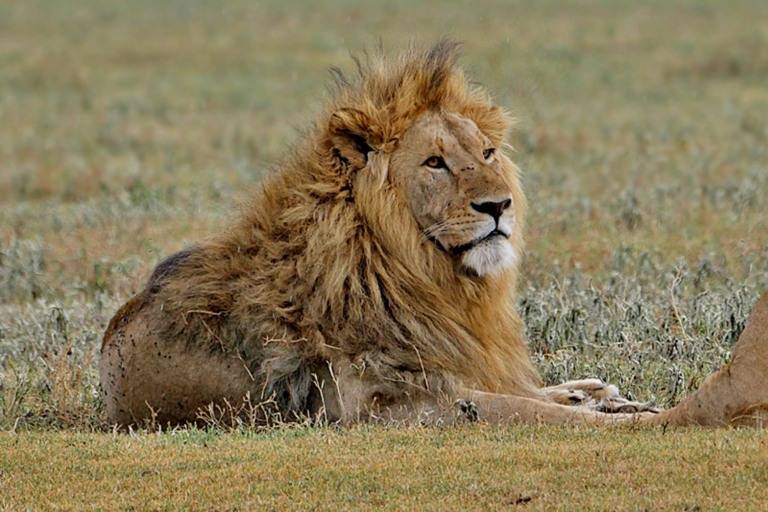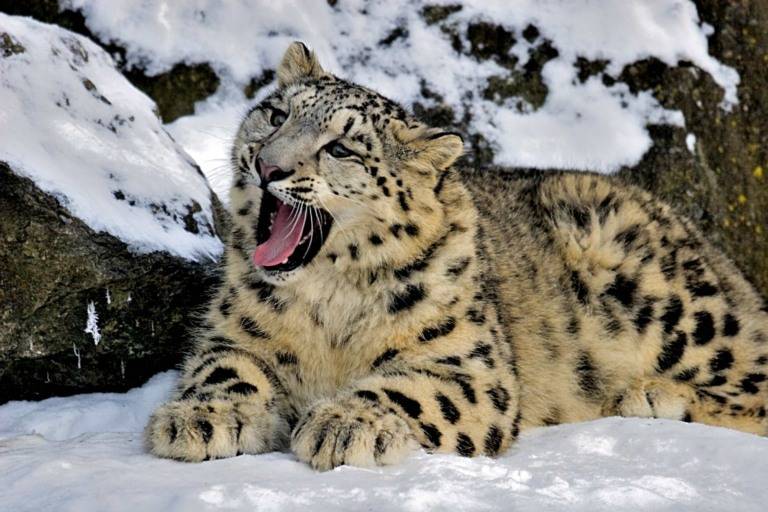Different Types of Butterflies

Butterflies, belonging to the order Rhopalocera, are insects characterized by large, often brightly colored wings and a distinctive, fluttering flight. The origins of butterflies date back to the Paleocene, approximately 56 million years ago, with some suggestions that they may have emerged even earlier. These creatures undergo a four-stage life cycle, exhibiting complete metamorphosis, a characteristic feature shared with other “holometabolan” insects. The life cycle comprises winged adults laying eggs on host plants, where the larvae, known as caterpillars, feed. As the caterpillars grow, often at a rapid pace, they eventually pupate within a chrysalis. Upon completing metamorphosis, the adult emerges from the pupal skin, expands its wings, dries them, and takes flight. The life cycle duration varies among butterfly species. Some, particularly in tropical regions, may undergo several generations within a year, whereas others, especially in colder climates, might take several years to complete their entire life cycle. Here are 10 different types of butterflies with names:
